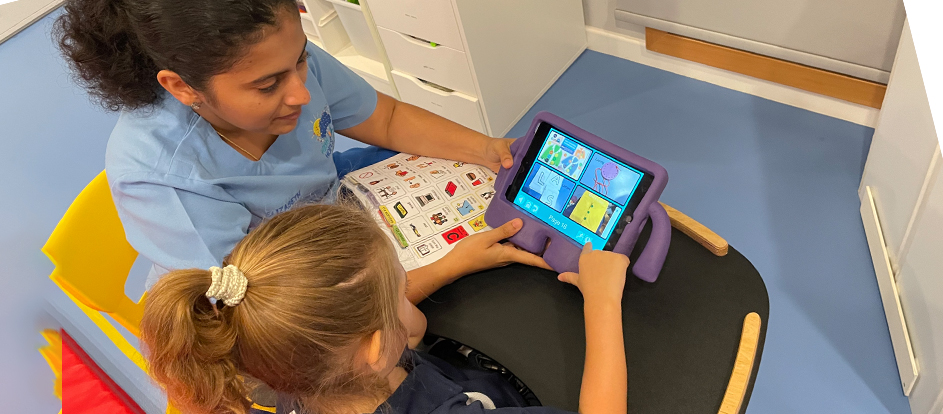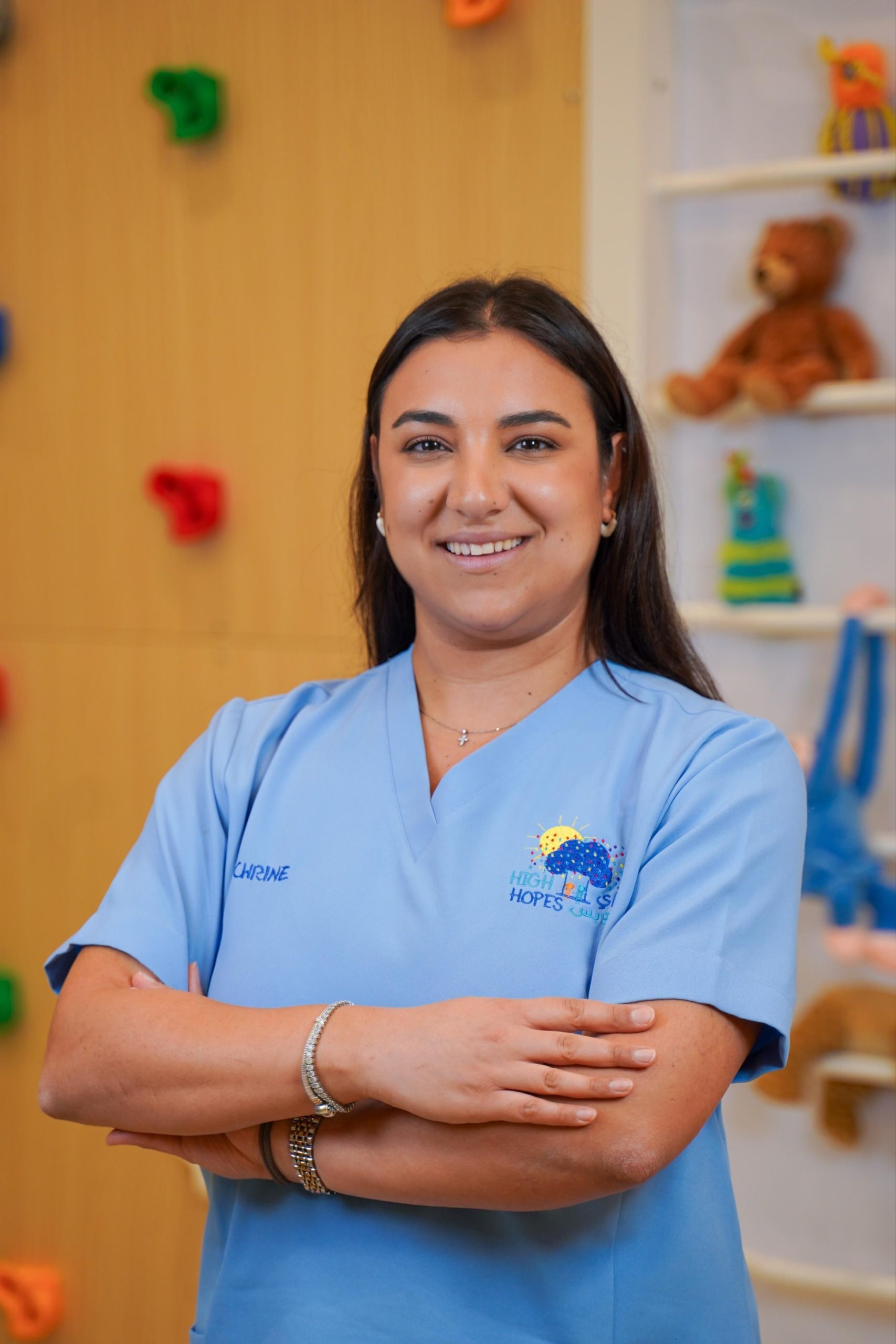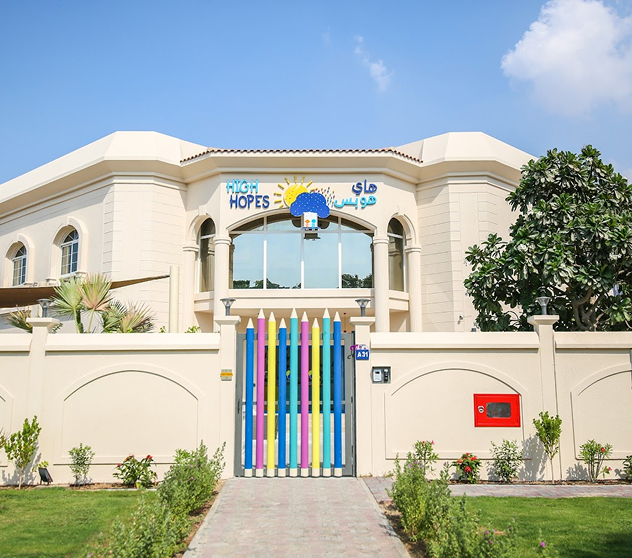Unlocking Communication: How Augmentative and Alternative Communication (AAC) Empowers Children in Early Intervention
In the intricate journey of child development, effective communication stands as an undeniable cornerstone. For children facing speech and language challenges, Augmentative and Alternative Communication (AAC) exists as a powerful ally. AAC can be unaided, such as sign language or gestures; or aided, such as pictures, photographs, graphic symbols, talking switches, speech-generating devices (SGDs), or apps on iPads or tablets (American Speech and Hearing Association). While it’s a common misconception that AAC might hinder a child’s natural speech development, contemporary research and practical experiences have compellingly proven otherwise (Lorang et al, 2022). In this blog, we’ll explore how the integration of AAC alongside early intervention speech therapy can be a game-changer for our young learners.
Challenging Misconceptions:
As parents and caregivers, we often find ourselves pondering questions like, “Is it too early for AAC?” or “Will AAC hinder my child’s speech progress?” It’s vital to address these concerns directly. Research consistently highlights that AAC doesn’t obstruct speech development; in fact, it complements and enriches it. The misunderstanding often stems from the fear that introducing AAC might discourage a child from verbal communication. However, it’s crucial to recognize that AAC is a supportive tool that provides an additional means of communication while nurturing language development (Romski et al, 2015).
Goals of AAC:
- Facilitate Communication
- Support Language development
- Enhance independence
Facilitate communication:
At the heart of human connection lies effective communication. For children facing speech difficulties, communication barriers can be isolating. The integration of AAC empowers children not only to express their thoughts and needs but also to engage in meaningful interactions with caregivers, peers, and educators. These interactions form the bedrock for developing social skills, emotional growth, and the establishment of lasting relationships.
Support Language Development:
AAC is more than just a communication tool; it serves as a gateway to expand a child’s linguistic horizons. Whether through picture-based boards, communication apps, or even sign language, AAC exposes children to a rich tapestry of language concepts. These systems often break language down into visual components, making abstract ideas more tangible. As children engage with AAC, they absorb vocabulary (Solomon-Rice & Soto, 2014), sentence structure, and grammar, setting the stage for language growth.
Enhance Independence:
The incorporation of AAC into early intervention programs holds particular significance, mainly due to the critical phase of language development in a child’s life. During these early years, AAC serves as a bridge, enabling children to effectively express themselves while their verbal skills continue to evolve. Early intervention in communication helps reduce frustration, boost self-esteem, and lay a sturdy foundation for future language development.
Conclusion:
The world of Augmentative and Alternative Communication is rapidly evolving, reshaping the landscape of early speech and language intervention (Light & McNaughton, 2012). By dispelling misconceptions, acknowledging AAC’s pivotal role in language development, and tailoring approaches to individual needs, we unlock the full potential of children facing communication challenges. Remember, AAC doesn’t hinder speech; it amplifies communication, lighting the path towards brighter, more connected futures for our young learners.
Ensuring a child’s success with an Augmentative and Alternative Communication (AAC) system begins with an assessment, followed by the crucial steps of defining specific goals and selecting appropriate strategies. This process lays the foundation for effective communication and empowers the child to express themselves in the most suitable way possible.
At High Hopes, the individualized AAC program is integrated within a holistic and multidisciplinary approach where the full team will support the child to promote his communication by generalizing his skills. Contact us today to discover how our AAC services can make a meaningful difference in your super special one’s life!





